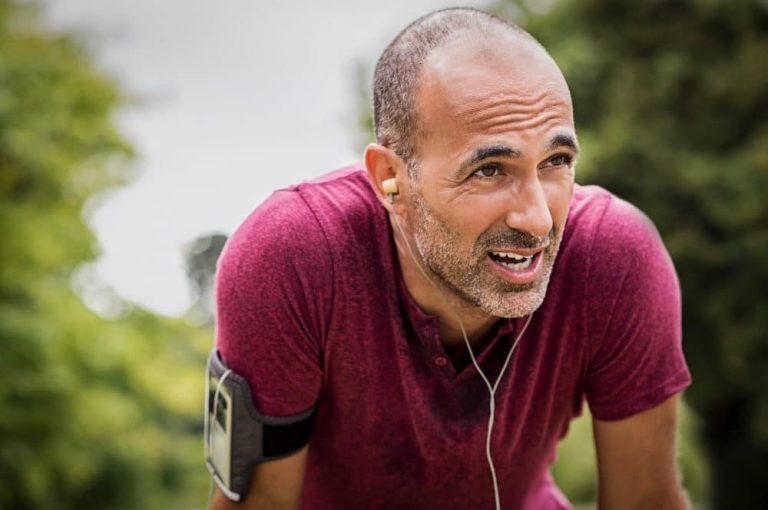How Often Should a Hearing Aid Be Cleaned for Optimal Use?
You’ve just received your hearing aids, a fantastic step toward better hearing health. But you might be wondering what comes next. You’ve made an...
Posted on February 17, 2022
Hearing Aids
One of the greatest enemies of your hearing aids is moisture—and it can cause a lot of trouble. While hearing aids are built to withstand the rugged environment of your ear, they are still high-level technology that can malfunction if exposed to excess moisture.
Most hearing aids are not fully waterproof, so wearing them in the shower and at the pool is not advised. However, even if you’re taking precautions to avoid wet conditions, moisture from other sources, such as excess sweat after an intense fitness class, can potentially harm your hearing aids.
Below are signs moisture has infiltrated your hearing aids:
There are several things you can do at home to try to remedy moisture in your hearing aids.
If you have BTE devices, look in the earmold tubing. If you see moisture droplets, you can purchase an earmold puffer to blow the moisture out. You can also have your earmolds fitted with a moisture-dispersing tube.
If you have ITE hearing aids, you can purchase a drying device or dehumidifier. This small investment will protect your valuable health care technology.
Contact your audiologist right away if your hearing aids are still malfunctioning after trying these methods.
You’ve just received your hearing aids, a fantastic step toward better hearing health. But you might be wondering what comes next. You’ve made an...
Have you ever opened that kitchen drawer and found a little hoard of stuff you forgot you had? Maybe some stray rubber bands, a...
Video games may help you relax and have fun now, but like many noisy activities, they can contribute to hearing loss later. According to...
Tympanosclerosis is a post-inflammatory condition affecting the tympanic membrane, or eardrum, and middle ear. Tympanosclerosis can result in hearing loss or be asymptomatic and...